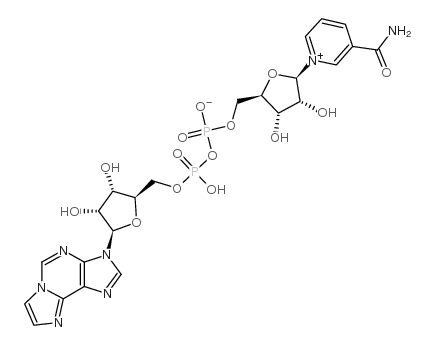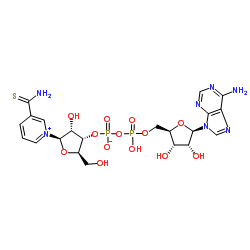| Structure | Name/CAS No. | Articles |
|---|---|---|
 |
Nicotinamide 1,N6-Ethenoadenine Dinucleotide
CAS:38806-38-1 |
|
 |
Thionicotinamide adenine dinucleotide
CAS:4090-29-3 |